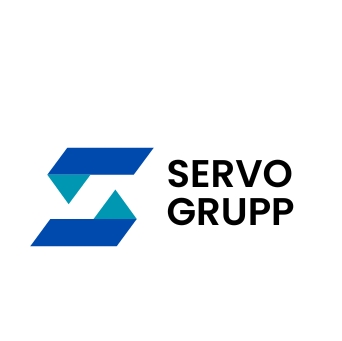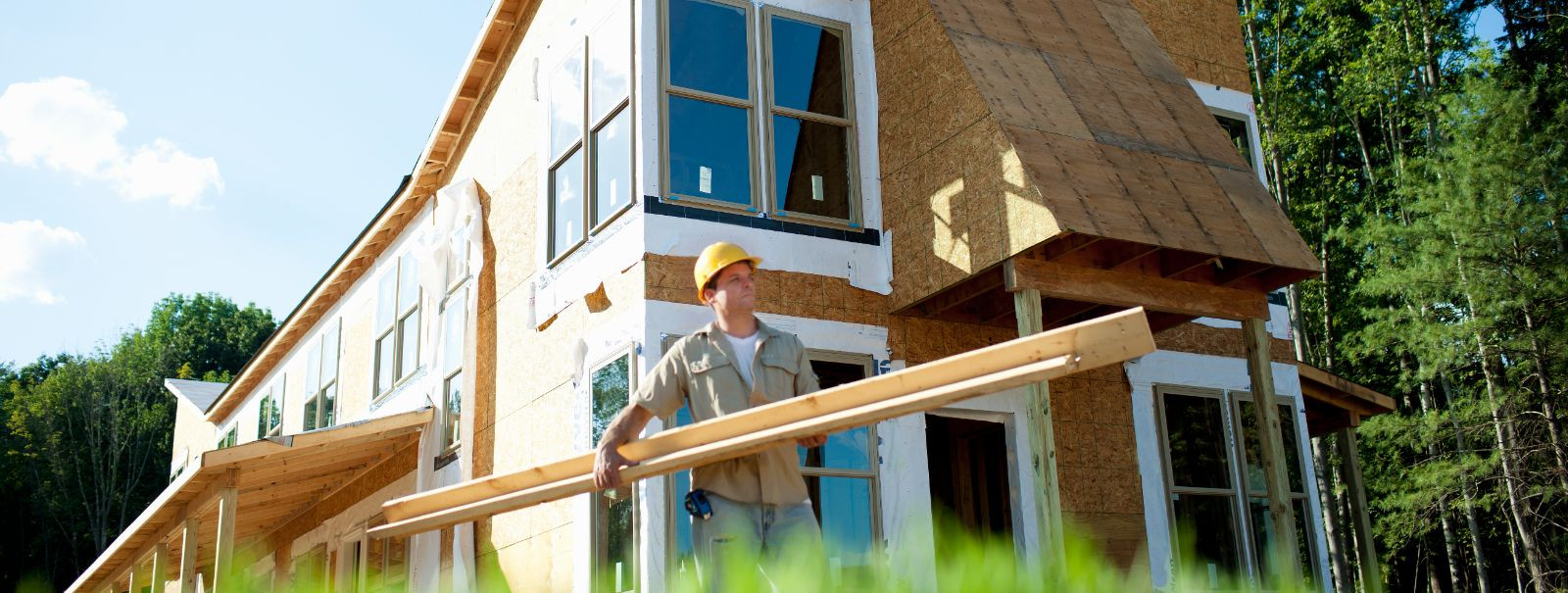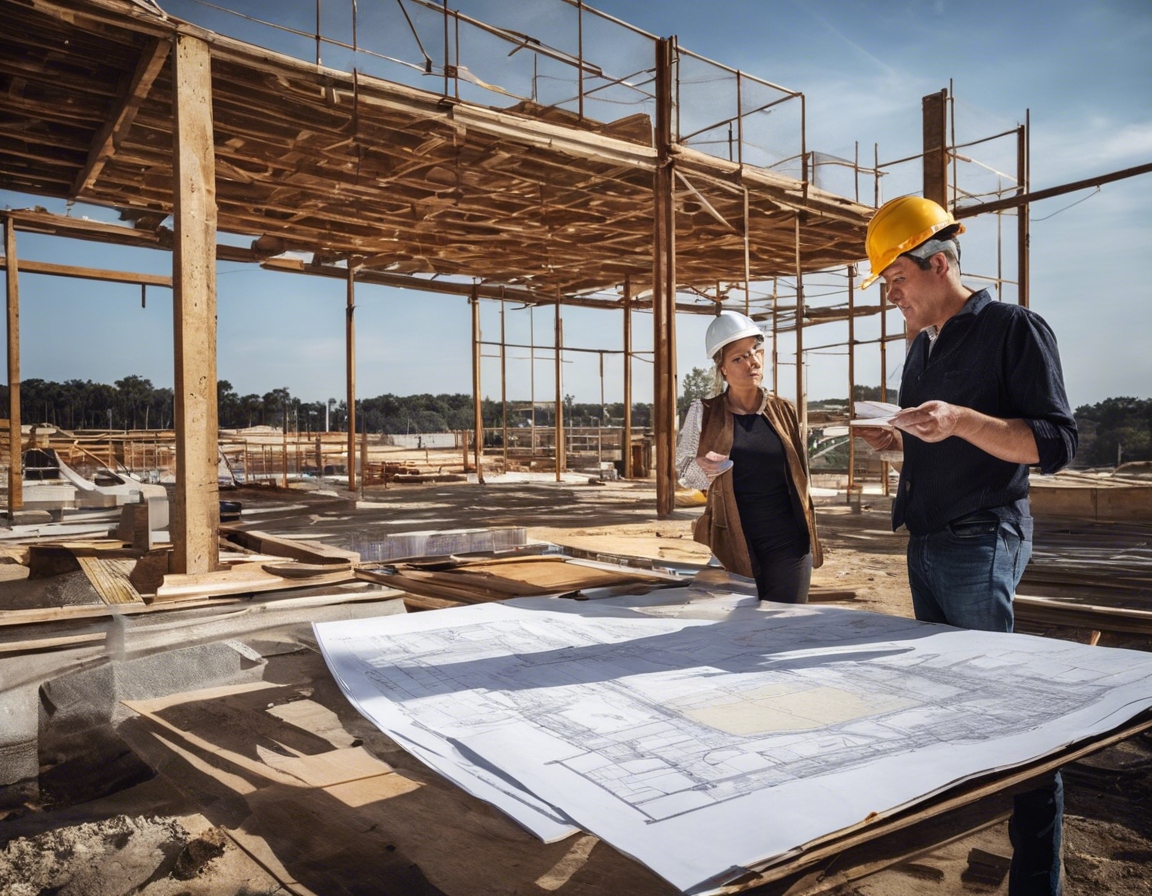5 trends shaping the future of construction in west virumaa
The construction industry in West Virumaa is on the cusp of transformation, driven by innovation, sustainability, and a commitment to quality. As we look to the future, several key trends are emerging that are set to redefine the way we build in the region.
1. Sustainable Building Practices
With a growing emphasis on environmental stewardship, the use of eco-friendly materials is becoming a cornerstone of construction projects. Materials such as bamboo, recycled plastics, and reclaimed wood not only reduce environmental impact but also offer durability and aesthetic appeal.
Energy-efficient designs are no longer optional; they are a necessity. Incorporating features like advanced insulation, high-efficiency HVAC systems, and smart home technologies are essential for reducing the carbon footprint of new buildings.
Attaining green certifications such as LEED or BREEAM is becoming a priority for developers and builders, signaling a commitment to sustainability and potentially increasing property values.
2. Advanced Construction Technologies
BIM technology is revolutionizing the construction process, allowing for more precise planning, design, and collaboration among stakeholders. This leads to reduced waste, lower costs, and improved project outcomes.
The advent of 3D printing in construction promises to accelerate building timelines, reduce labor costs, and enable more complex architectural designs.
Automation and robotics are streamlining construction tasks, from bricklaying to prefabrication, enhancing efficiency and safety on the job site.
3. Modular and Prefabricated Construction
Modular and prefabricated construction methods are gaining traction for their ability to shorten construction times, reduce waste, and ensure consistent quality.
While modular construction presents logistical and design challenges, it also offers significant opportunities for innovation and cost savings.
4. Focus on Resilience and Adaptability
As climate change impacts become more pronounced, there is an urgent need for buildings that can withstand extreme weather events and adapt to changing environmental conditions.
The demand for flexible living and working spaces is driving the design of buildings that can easily be reconfigured to meet the evolving needs of occupants.
5. Increased Use of Local Materials and Craftsmanship
There is a growing appreciation for local materials and craftsmanship, which support the regional economy and contribute to the unique character of West Virumaa's built environment.
Integrating traditional building techniques with modern technologies can create structures that are both innovative and rooted in local heritage.






Comments (0)